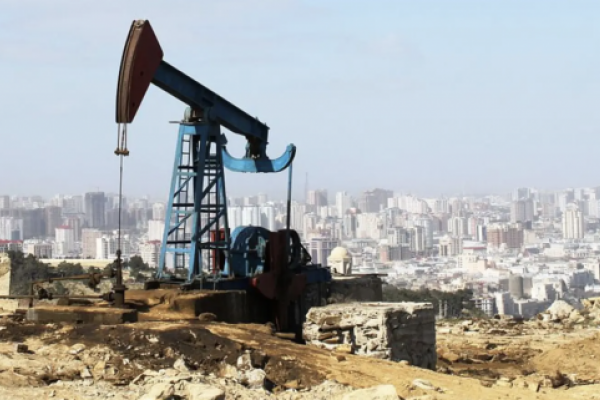OPEC+ agrees to maintain current oil production policy, worries about Russian cap
On Sunday, OPEC and non-OPEC producers, a group of 23 oil-producing nations known as OPEC+, decided to maintain production targets for oil at current levels, including an existing policy to cut oil production by 2 million barrels per day.
OPEC+ has decided to continue its daily oil production cuts, representing approximately 2% of global demand, from November to the end of 2023.
OPEC+'s decision comes two days after the Group of Seven (G7) agreed on a price cap for Russian oil.
On Friday, the G7 agreed to set a price cap of $60 a barrel for Russian crude oil. The policy will prohibit companies from shipping, insuring or financing Russian oil unless it is sold below the price cap.
Also read: US Vs. OPEC? White House reacts to OPEC+ oil production cut
However, Russia has said it will "not accept" the price cap set by the G7 and will analyze the deal further.
According to Reuters, several OPEC+ members have expressed frustration with the Russian oil cap, calling it an anti-market measure that could possibly be used by the West against any producer.
JPMorgan Chase said OPEC+ may revise production in the new year based on new data on Chinese demand trends, consumer compliance with Russian crude production prices and tanker flows, reports Reuters.
It remains to be seen what impact the OPEC+ decision will have on Energy Select Sector SPDR Fund XLE and some of the major ETF companies, such as Exxon Mobil XOM Corp and Chevron Corp CVX.
Russian Ural crude was trading at around $67 per barrel on Friday, while Brent Crude was trading at around $85 per barrel.
Oil prices fell below $90 a barrel from above $120 in early June.
Photo: courtesy of commons.wikimedia.org
© 2022 Benzinga.com. Benzinga does not provide investment advice. All rights reserved.

On Sunday, OPEC and non-OPEC producers, a group of 23 oil-producing nations known as OPEC+, decided to maintain production targets for oil at current levels, including an existing policy to cut oil production by 2 million barrels per day.
OPEC+ has decided to continue its daily oil production cuts, representing approximately 2% of global demand, from November to the end of 2023.
OPEC+'s decision comes two days after the Group of Seven (G7) agreed on a price cap for Russian oil.
On Friday, the G7 agreed to set a price cap of $60 a barrel for Russian crude oil. The policy will prohibit companies from shipping, insuring or financing Russian oil unless it is sold below the price cap.
Also read: US Vs. OPEC? White House reacts to OPEC+ oil production cut
However, Russia has said it will "not accept" the price cap set by the G7 and will analyze the deal further.
According to Reuters, several OPEC+ members have expressed frustration with the Russian oil cap, calling it an anti-market measure that could possibly be used by the West against any producer.
JPMorgan Chase said OPEC+ may revise production in the new year based on new data on Chinese demand trends, consumer compliance with Russian crude production prices and tanker flows, reports Reuters.
It remains to be seen what impact the OPEC+ decision will have on Energy Select Sector SPDR Fund XLE and some of the major ETF companies, such as Exxon Mobil XOM Corp and Chevron Corp CVX.
Russian Ural crude was trading at around $67 per barrel on Friday, while Brent Crude was trading at around $85 per barrel.
Oil prices fell below $90 a barrel from above $120 in early June.
Photo: courtesy of commons.wikimedia.org
© 2022 Benzinga.com. Benzinga does not provide investment advice. All rights reserved.
What's Your Reaction?






















